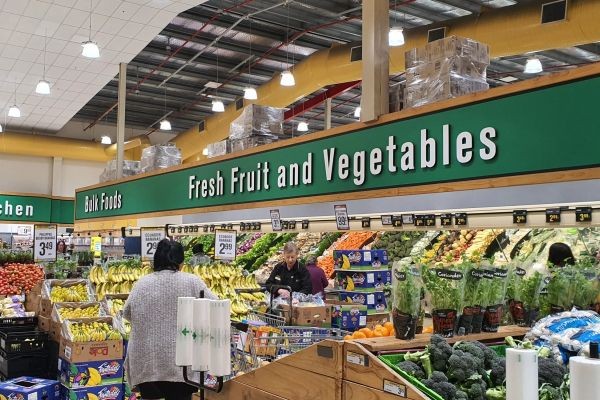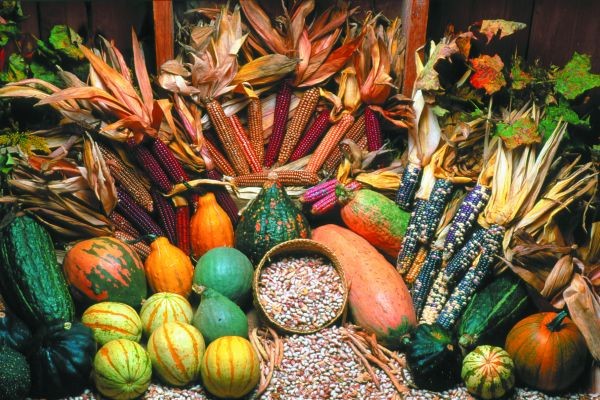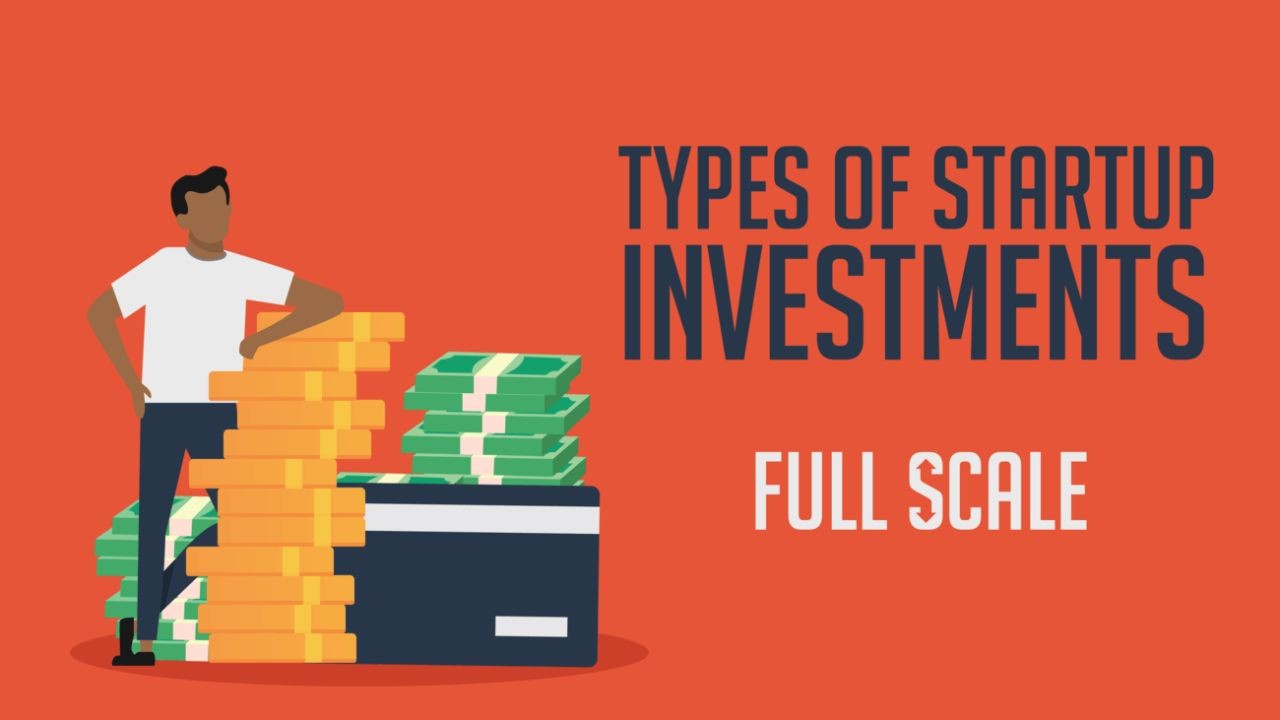New Zealand has some of the highest supermarket prices in the world, leaving consumers frustrated and struggling with rising grocery costs. Despite being a food-producing nation, Kiwis pay significantly more for everyday essentials compared to many other developed countries. But why?
This article explores the supermarket duopoly, pricing issues, and potential reforms that could bring down grocery costs for New Zealanders.
The Supermarket Duopoly & Market Control
1. The Two Giants: Foodstuffs & Woolworths NZ
New Zealand’s supermarket industry is dominated by Foodstuffs (New World, Pak’nSave, Four Square) and Woolworths NZ (Countdown, SuperValue, FreshChoice).
Together, these two companies control over 90% of the grocery market, limiting competition and keeping prices high.
A Commerce Commission report in 2022 found that these supermarkets were making supernormal profits of over $1 million per day due to limited competition.
2. Lack of Competition & Price Manipulation
Limited alternatives mean smaller retailers struggle to compete.
Suppliers face pressure to meet pricing demands from dominant supermarket chains, often being forced into exclusive agreements.
Unlike in larger markets where discount supermarkets drive prices down, NZ consumers have few lower-cost options.
Why Are Grocery Prices So High in NZ?
1. High Wholesale & Supplier Costs
Supermarkets mark up prices significantly despite purchasing in bulk.
Supplier contracts often include restrictive clauses, preventing lower pricing for competitors.
Imported goods face high shipping and logistics costs, adding to grocery prices.
Data from Stats NZ indicates that food prices in 2023 rose by 12%, one of the highest annual increases in decades.
2. Supply Chain & Distribution Inefficiencies
NZ’s small population means less competition among wholesalers.
Geographic challenges and long supply chains increase distribution costs.
Limited warehouse competition makes storage and logistics more expensive.
A Commerce Commission study found that NZ supermarkets achieve higher profit margins (20-25%) than many OECD countries, where margins are closer to 10-15%.
3. Weak Consumer Protections & Regulatory Oversight
NZ has weaker price regulation compared to countries like Australia and the UK.
Supermarket loyalty schemes often mislead consumers into thinking they’re getting better deals.
Lack of pricing transparency allows supermarkets to inflate costs without clear justification.
In 2023, the NZ government introduced a grocery code of conduct, but experts argue that stronger enforcement is needed.
International Comparisons: How Does NZ Compare?
| Country | Average Grocery Price Index (2023) | Market Structure |
|---|---|---|
| New Zealand | 100% (Benchmark) | Duopoly (90%) |
| Australia | 75% | More competition (Coles, Woolworths, ALDI) |
| UK | 60% | Highly competitive (Tesco, Sainsbury’s, ALDI, Lidl) |
| USA | 55% | Diverse market (Walmart, Kroger, Costco, Amazon) |
New Zealand has some of the highest grocery prices relative to income.
ALDI and Lidl, which drive down costs in other markets, do not operate in NZ due to high entry barriers.
Potential Reforms & Solutions
1. Introducing More Competition
Encouraging international supermarket chains to enter NZ could increase competition.
Supporting independent grocers and online retailers may provide consumers with more choices.
Allowing wholesale competitors (e.g., Costco expanding operations) could disrupt the duopoly’s pricing control.
2. Stronger Government Regulation
Implementing price monitoring systems to prevent anti-competitive pricing.
Breaking up the supermarket duopoly by imposing restrictions on dominant market players.
Enforcing fair supplier contracts to ensure better wholesale pricing.
The Commerce Commission has recommended changes, including mandatory price reporting and supplier protections.
3. Supporting Local & Direct-to-Consumer Markets
Strengthening farmers' markets and direct producer-to-consumer models.
Expanding community co-ops and bulk-buying groups to offer affordable alternatives.
Promoting local food production to reduce dependence on imported goods.
Conclusion: Can NZ Supermarkets Become More Affordable?
New Zealand’s grocery prices remain high due to supermarket dominance, inefficient supply chains, and weak regulatory oversight. However, with stronger competition, better consumer protections, and government intervention, prices could become more affordable for everyday Kiwis.
What do you think? Should the government take stronger action to break up the supermarket duopoly? Share your thoughts in the comments!
































MitchNeils
10 months ago